by Adam Estes
Inside a large hangar on the facilities of Wright-Patterson Air Force Base near Dayton, Ohio, an example of the venerable Douglas A-1H Skyraider is currently undergoing the final stages of a long restoration effort for eventual display at the National Museum of the USAF. This particular aircraft has quite a history behind it, one which bears repeating for the benefit of those unfamiliar with it.
–
Douglas Aircraft manufactured Douglas AD-6 (BuNo. 134600) for the US Navy at their plant in El Segundo, California during 1956. In the fall of 1962, the Department of Defense standardized the designations for all aircraft in each branch of the armed forces. As a result, the U.S. Navy’s AD-6 Skyraiders became known as A-1Hs.
–
–
In June of 1965, the U.S. government transferred BuNo.134600 to the South Vietnamese Air Force (SVAF), which was acquiring Skyraiders for close-air support missions against the People’s Army of North Vietnam and Viet Cong guerillas. BuNo 136400, now bearing the SVAF serial number ‘34600’, was transported to South Vietnam aboard USS Core (CVE-13), a WWII-era escort carrier, arriving in Saigon (now Ho Chi Minh City) on June 17.
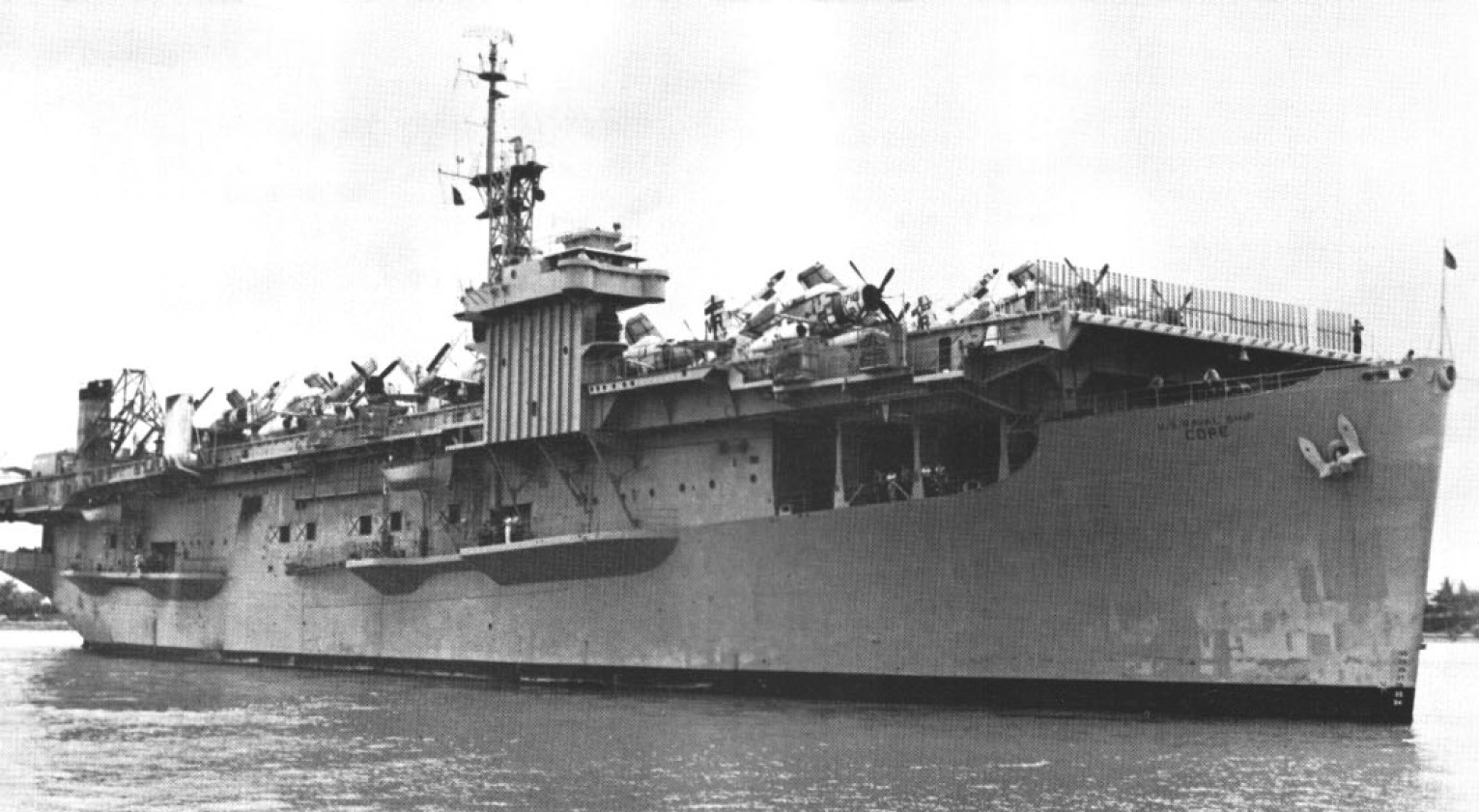
The Skyraider was assigned to the SVAF’s 514th Fighter Squadron of the 23rd Tactical Wing, 3rd Air Division, based at Biên Hòa Air Bae, about 20 miles east of Saigon. After seeing combat with the 514th, it was eventually reassigned to the 520th Fighter Squadron of the 74th Tactical Wing, 4th Air Division at Binh Thuy Air Base, near the city of Cần Thơ. Following South Vietnam’s defeat, 36400 initially remained at the airfield from where she once served; its history from that moment on is somewhat murky, however.
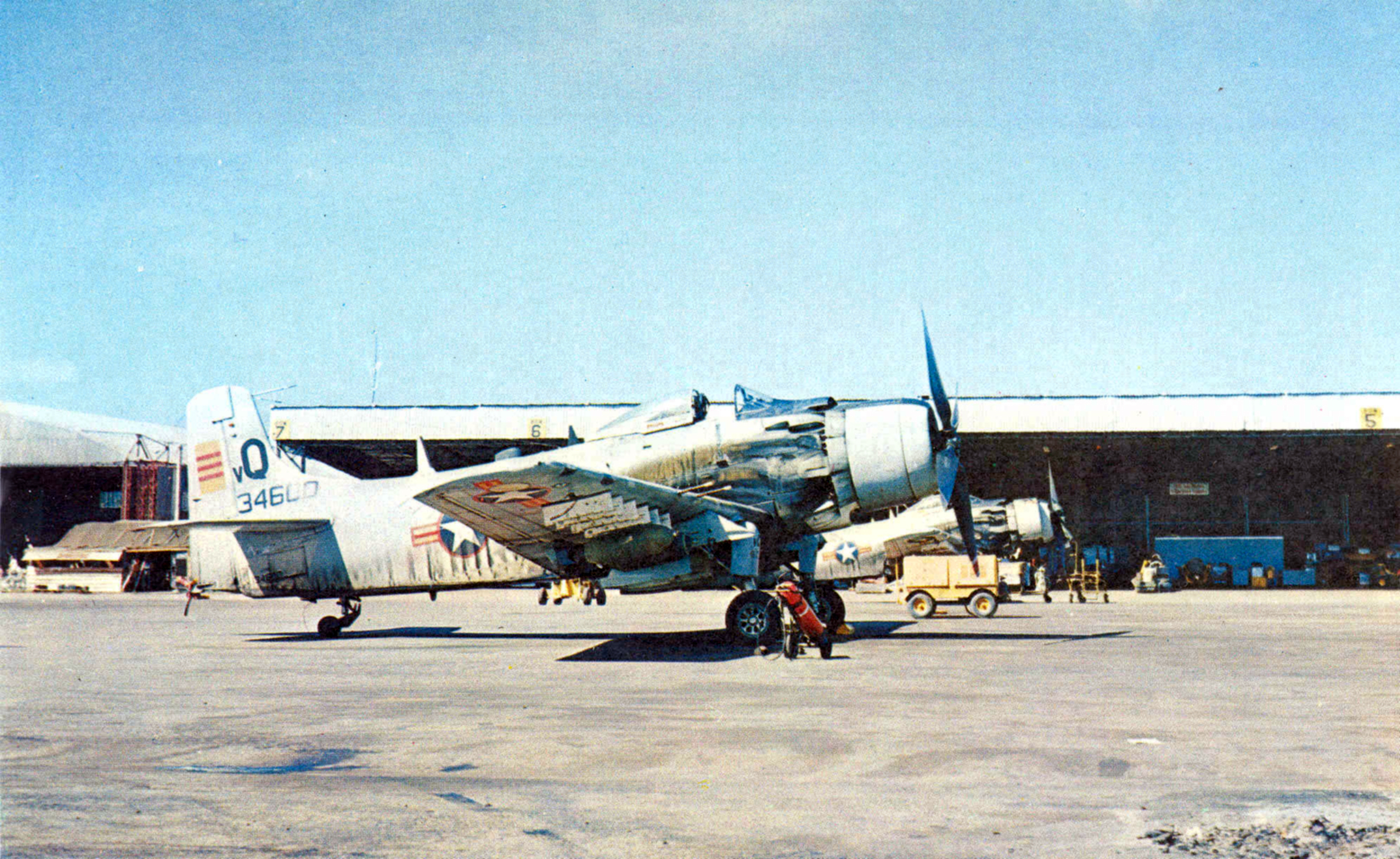
When Vietnam began restoring ties with the United States during the 1990s, 36400 finally resurfaced in public view. At this point, according to most sources, the US Army Center of Military History helped bring the aircraft out of Vietnam for the purposes of displaying it in a museum. A-1H 36400 arrived in the United States around 1997, initially going into storage within the Boneyard at Davis-Monthan Air Force Base in Tucson, Arizona. There it sat until 2010, when it finally made the journey by truck to Dayton, Ohio for restoration and display at the National Museum of the USAF.
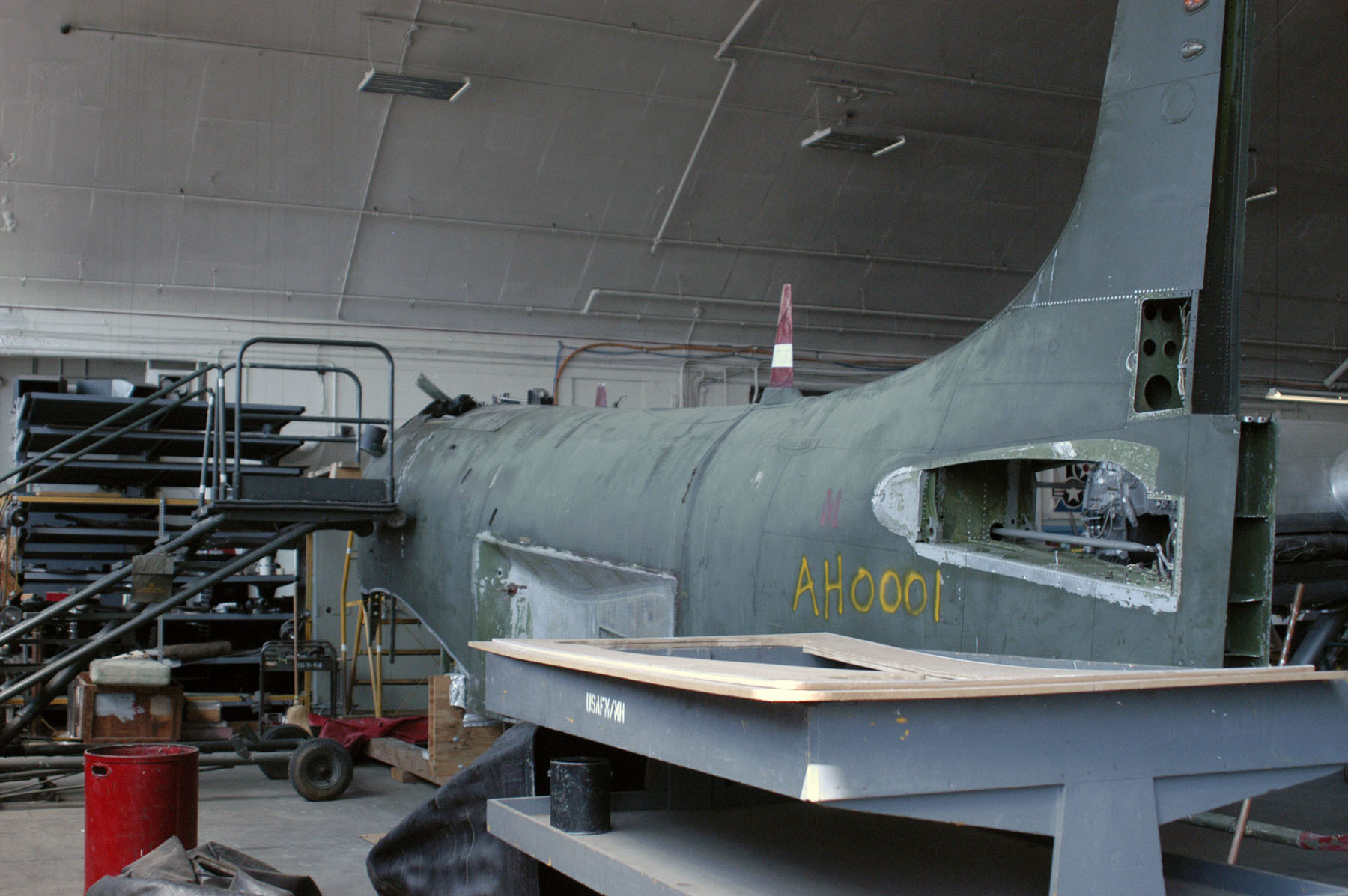
–
–
At that time, however, the museum was focused on other, higher priority restoration projects, such as for Boeing B-17F Flying Fortress 41-24485 – the legendary Memphis Belle. Once the museum had finished refurbishing its rare, WWI-era Thomas-Morse S4C Scout in October 2021, the restoration team began making a great deal of progress on the Skyraider. As of writing, the aircraft is receiving new coats of paint (see time-lapse video below) and awaits final assembly before it goes on display in a new exhibit in the museum’s Southeast Asia War Gallery, one dedicated to the Search and Rescue missions undertaken during the war.
As many already familiar with the museum will note, there is already another A-1 Skyraider in the Gallery, this being A-1E 52-132649 which Major Bernard Fisher flew during the rescue of his fellow pilot, Major Wayne “Jump” Myers after the latter had been shot down on March 10, 1966. This action earned Fisher the Medal of Honor. 52-132649 went on display at the National Museum of the USAF in 1968, and it will remain on display in its present gallery when 136400 is added as well.
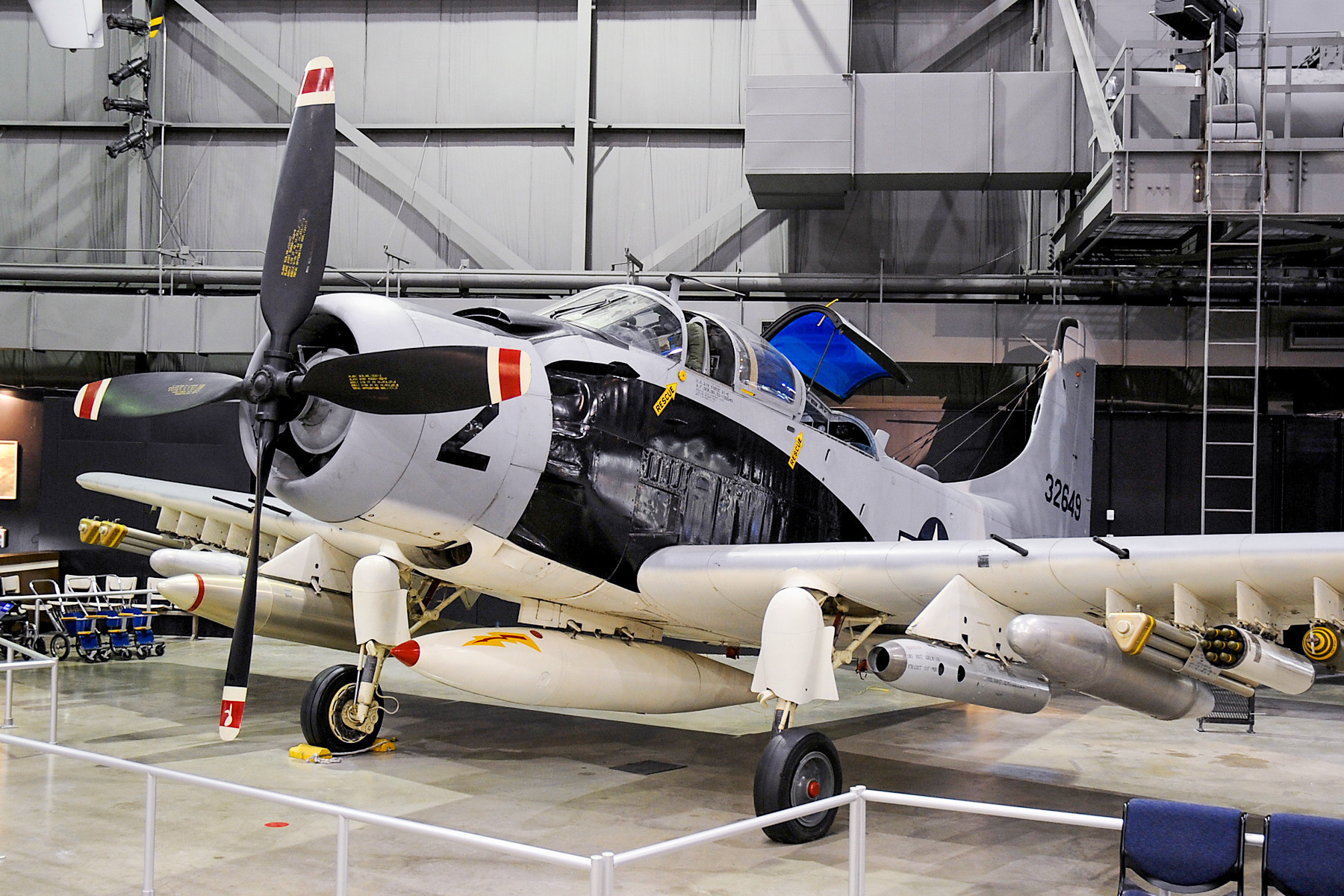
Many thanks to Adam Estes for this article. We look forwards to providing further updates as this aircraft comes closer to display.







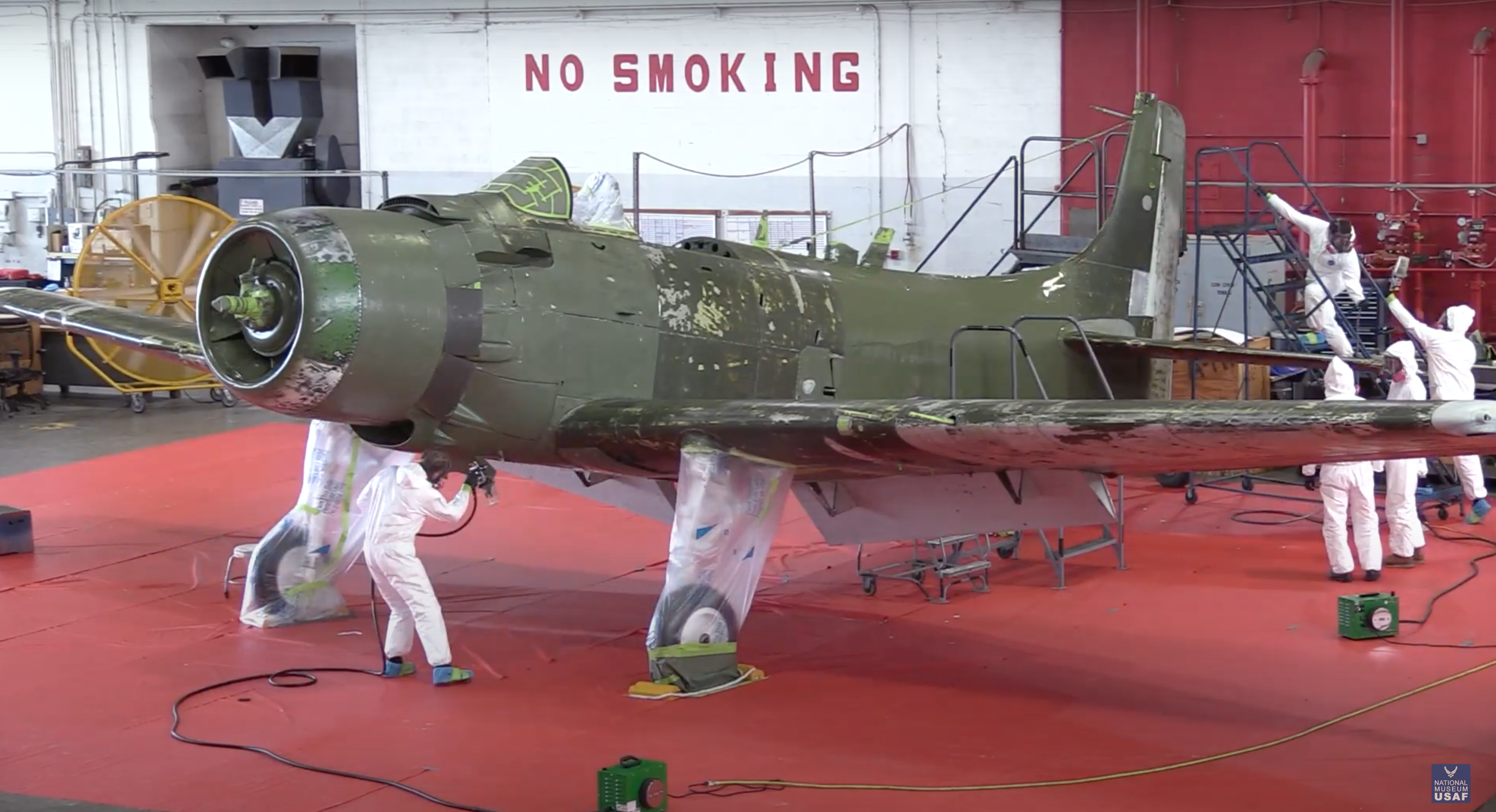

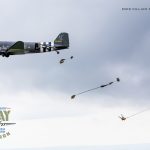
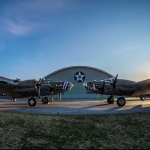

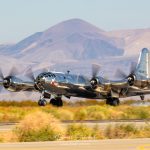
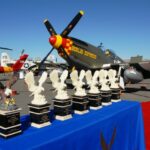
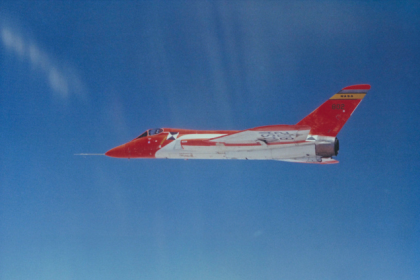
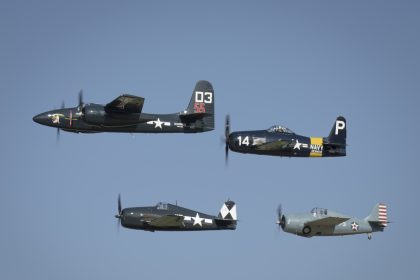
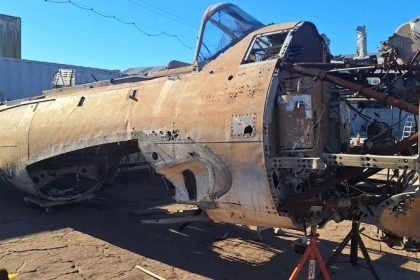
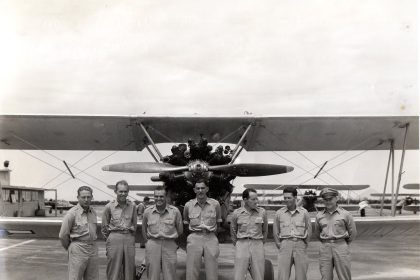

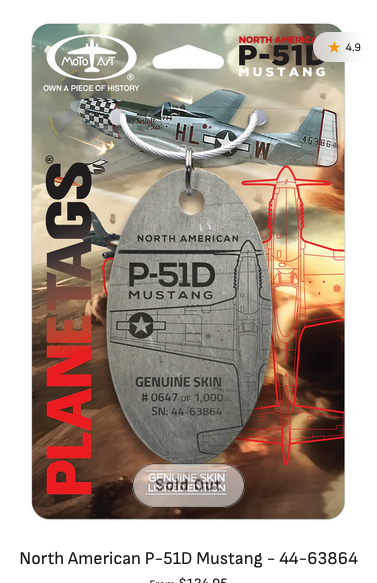
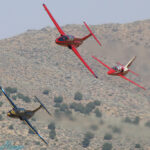
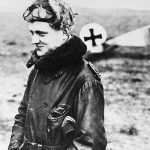
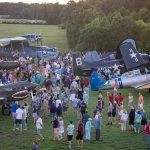
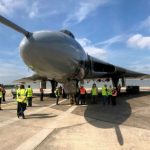
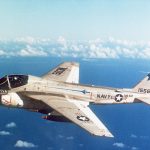
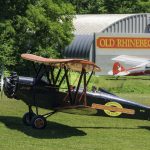


I visited the Museum when Bernie’s aircraft was outside on display with an oil drip pan under it. It had only recently arrived.
I witnessed many A1 Spads rescuing downed pilots. They were unbelievably tough while their 20mm cannons were devastating. They would come home with missing parts, holes, pieces of wing and tail. Those pilots were ballsy at the very least, and a bit crazy too. Heroes all????
21 Apr., 1967 I was transferred to (ATKRON 122) VA152 Alameda, California to
board the U.S.S Oriskany leaving for a tour in Vietnam. VA152 was an
Attack Squadron that flew A1H type aircraft (Spades). They
called us the Peace Makers.
Upon returning back to the United States these aircraft were turned over to the
Air-force. We flew all of our A1H’s to Atsugi, Japan to have Extractor Seats installed before turning them over to the Airforce. I was a aircraft mechanic during my 20 years in the Military and the Spad was one of my favorite aircraft to worked on. I loved climbing up into the cockpit, starting the engine and turning it up to full power to check the engine after working on it.